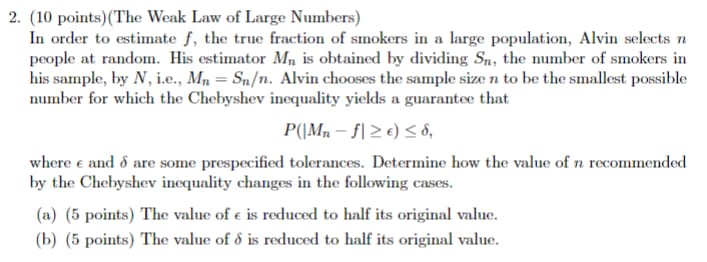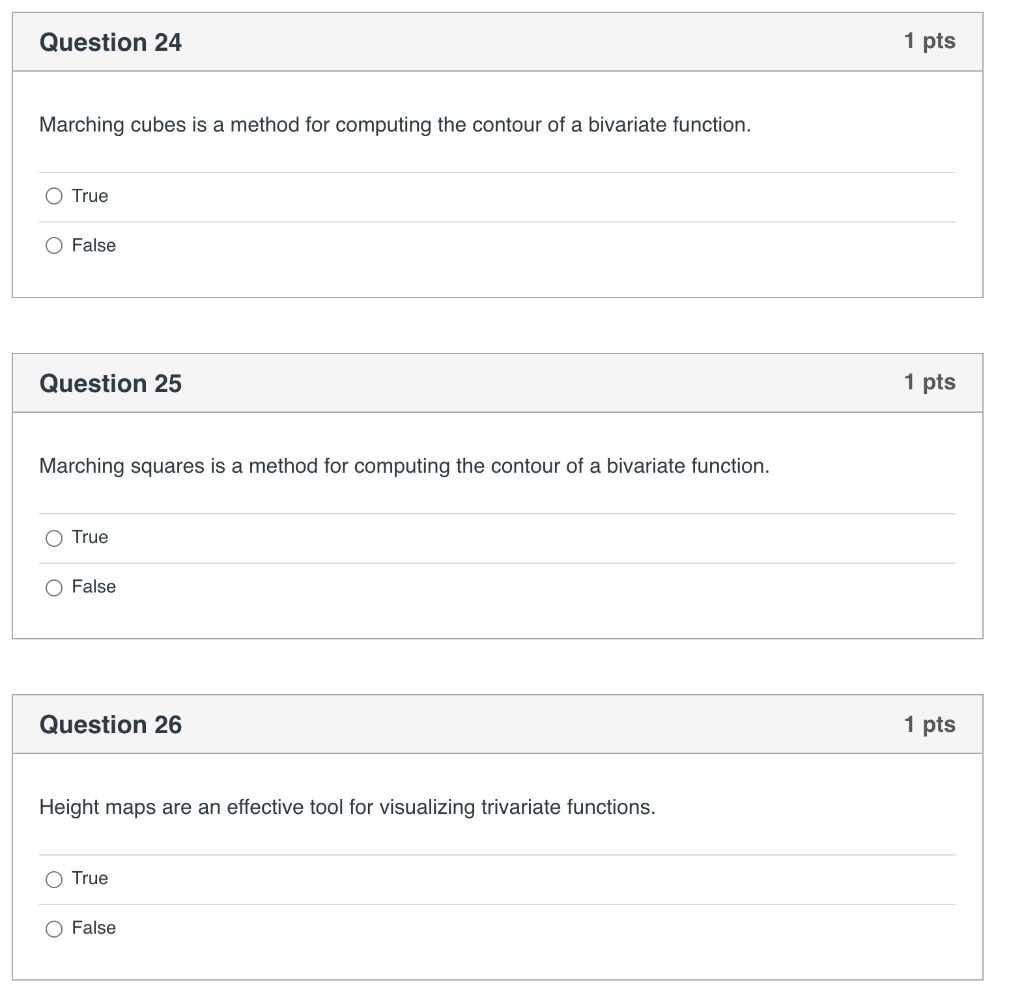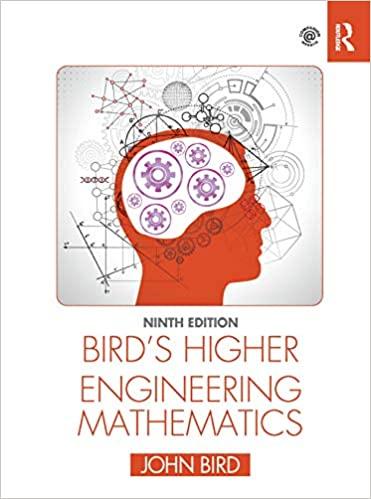Answered step by step
Verified Expert Solution
Question
1 Approved Answer
Non-parametric tests offer alternatives to parametric tests. However, parametric tests are generally preferable to non-parametric tests. Which of the following is not a sufficient reason
Non-parametric tests offer alternatives to parametric tests. However, parametric tests are generally preferable to non-parametric tests. Which of the following is not a sufficient reason to use a non-parametric test?
a. You failed to reject the null using a parametric test
b. The data contains unusually high variances
c. The data includes undetermined or infinite scores
d. One or more of the assumptions of a parametric test have been violated




Step by Step Solution
There are 3 Steps involved in it
Step: 1

Get Instant Access to Expert-Tailored Solutions
See step-by-step solutions with expert insights and AI powered tools for academic success
Step: 2

Step: 3

Ace Your Homework with AI
Get the answers you need in no time with our AI-driven, step-by-step assistance
Get Started


